- Статьи
- Science and technology
- Cyclical business: scientists have discovered the secret of the spread of metastases in the body
Cyclical business: scientists have discovered the secret of the spread of metastases in the body
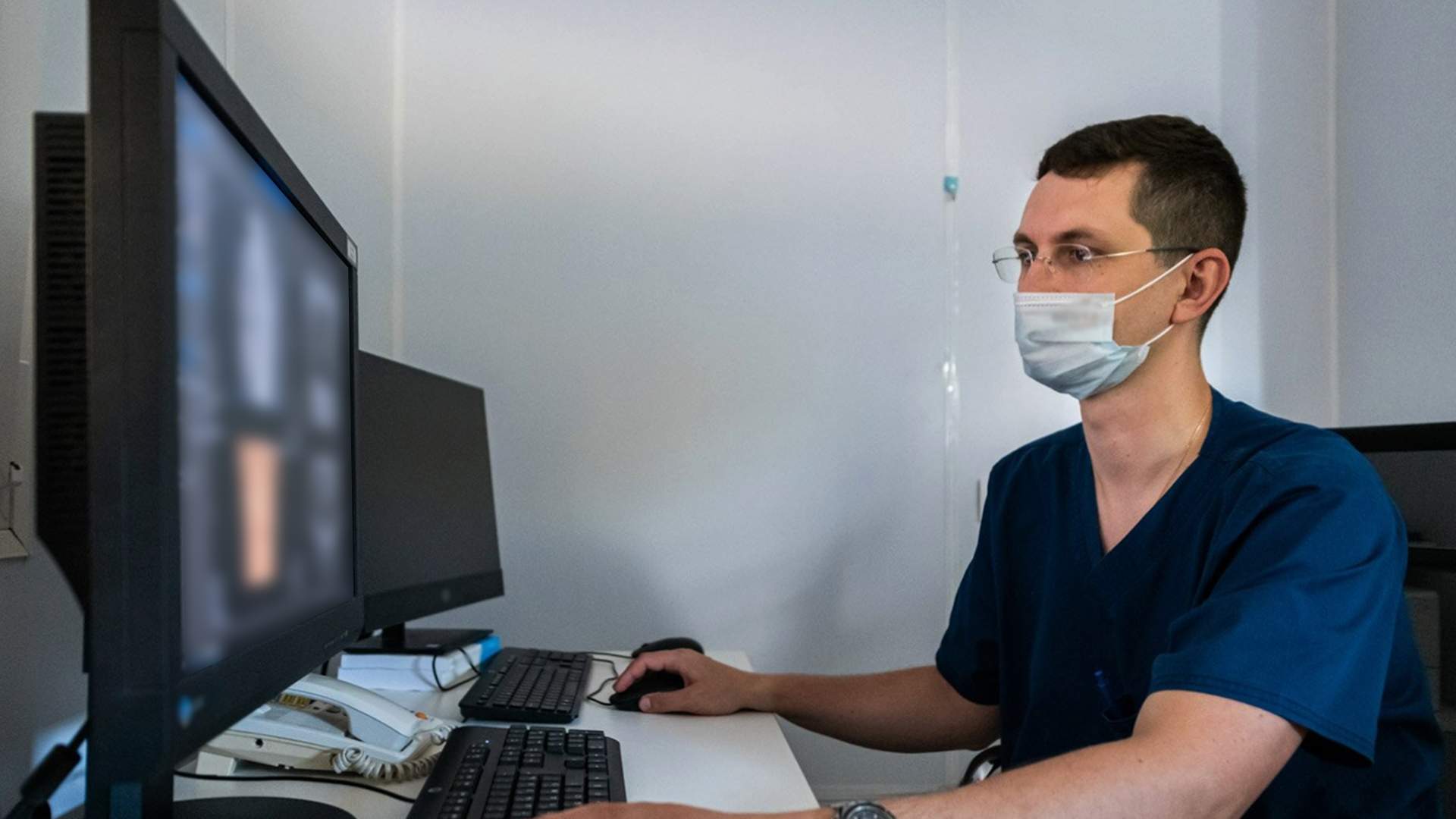
A team of scientists from Russia has shown in detail that tumor invasion, that is, its germination into neighboring organs, is not just tissue destruction, but a complex process of collective migration of tumor cells, in which metastases initiate the further spread of cancer. The researchers transplanted fragments of the neoplasm into mice, which allowed them to reproduce the process of metastasis, and for the first time studied it using X-ray computed microtomography. This allowed us to see how the process described earlier in theory takes place. Read about how the results of this work will help clinical oncomedicine in the Izvestia article.
How metastases spread
For the first time in the world, Russian scientists from Sechenov University and other major research centers have studied in detail the processes of invasion and metastasis using X-ray computed microtomography. This is a method of examining tissues using X-rays without destroying them. Its use made it possible for the first time to visualize processes in three-dimensional space with microscopic resolution.
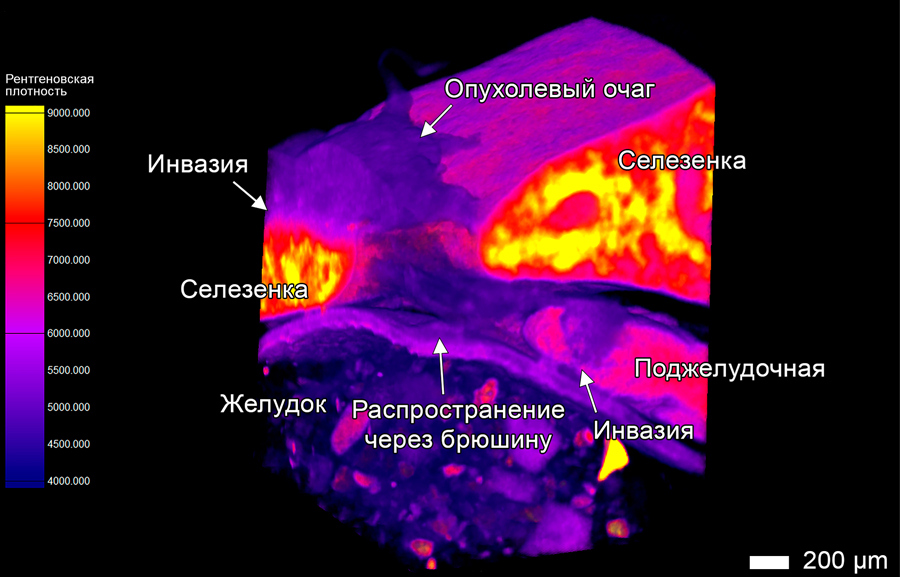
"Histological examination, which is widely used by pathologists to diagnose oncological diseases, allows us to obtain only flat, two—dimensional sections of the tumor and surrounding healthy tissues," Sergey Tkachev, head of the study and a junior researcher at the University's Institute of Regenerative Medicine, told Izvestia. — For the accurate diagnosis of diseases, histological examination is considered the gold standard of diagnosis, however, on flat sections it is impossible to trace exactly how the neoplasm spreads in living tissue. Therefore, we have significantly increased the accuracy of imaging tumor progression by combining microtomography and histology.
In addition, according to the scientist, the results of the study reveal prospects for clinical oncology. X-ray microtomography can become part of a comprehensive study of organs removed after surgery, and it can also improve the accuracy of determining the stage of diseases, since it can visualize in detail the growth of a tumor into blood vessels, nerves, and metastatic lesion of lymph nodes in three-dimensional space.
"New sample preparation protocols are being developed, which in the future can significantly speed up the examination of surgical and biopsy material, as well as become a tool for monitoring therapeutic tumor pathomorphosis," noted Sergey Tkachev.
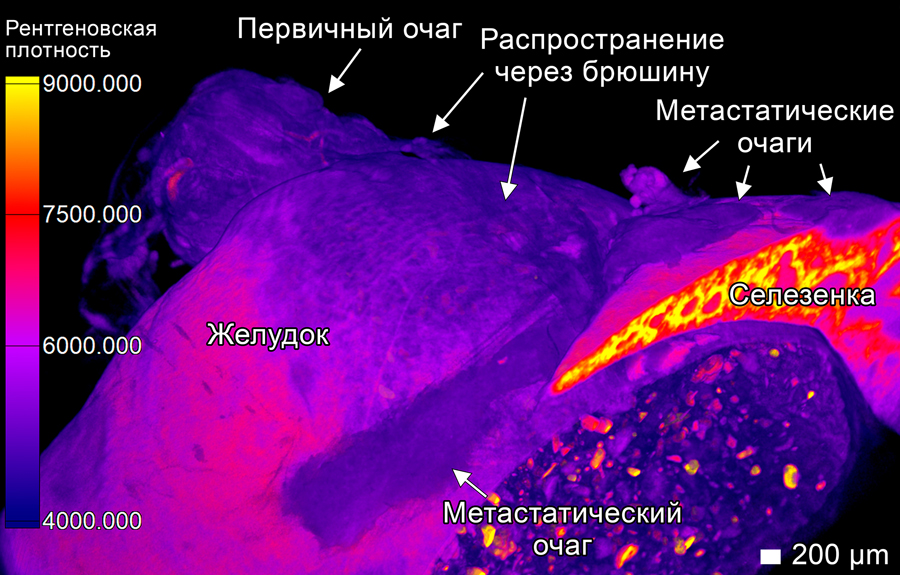
Scientists have modeled the development of squamous cell carcinoma of the esophagus: tumor fragments obtained from the patient were transplanted into immunodeficient mice, which allowed them to reproduce the process of invasion and metastasis. Using X-ray microtomography and histological examination of comparable areas of interest, the researchers were able to study in detail how cancer cells penetrate into surrounding tissues, form metastases and interact with the microenvironment.
Difficulties in the treatment of metastatic tumors
The study showed that adaptive phenotypic plasticity (the ability of an organism to change its observed characteristics in response to environmental conditions) can lead to changes in the shapes, properties, and behavior of tumor cells depending on the tissue microenvironment. This entails cell survival and invasion, even under conditions of aggressive treatment or lack of oxygen. This process also ensures the networked, cyclical spread of cancer. Metastases formed at a distance from the primary tumor can become new centers of growth and invasion, supporting the spread of pathology.
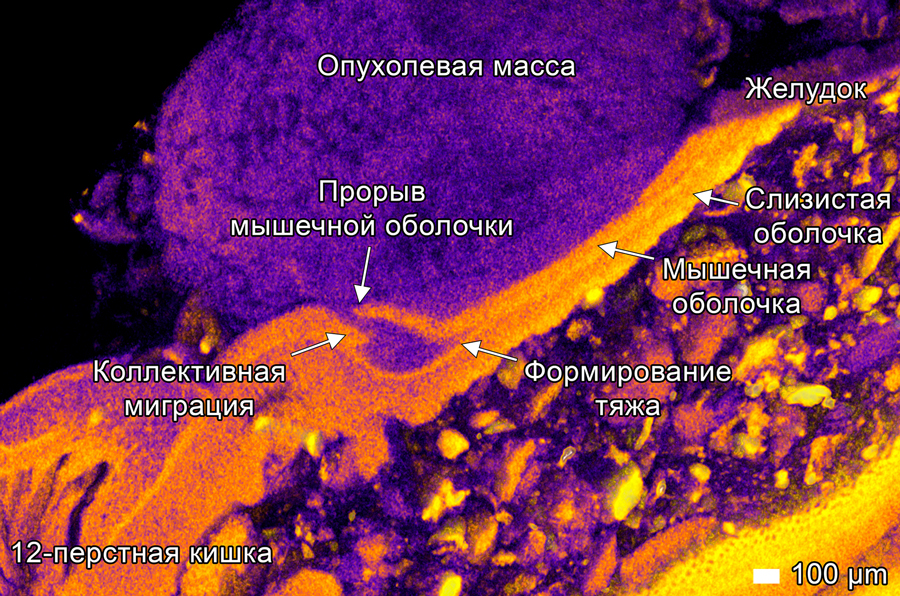
This mechanism turns cancer into a self-sustaining network, which explains the difficulties in treating metastatic tumors, the scientists emphasized.
The findings open up new possibilities for the development of therapeutic strategies aimed at disrupting the cyclical invasion process. Targeted drugs that affect leader cells or adaptive plasticity mechanisms may become key in the fight against metastatic tumors, experts from Sechenov University emphasized.
As they invade, tumor cells not only destroy tissues, but also adapt to various conditions, using available structures to advance. For example, in the dense tissue of the spleen, they form finger-like outgrowths, invading the tissue of the organ, and on the surface of the organs they spread in thin layers, sliding over the tissues without destroying them. This process, collective migration, is a key cancer strategy for survival and further spread of the disease, the scientists said.
Strategies aimed at interrupting the cyclical process of invasion and metastasis may be the key to developing more effective therapies, the researchers believe.

Among the advantages of the described method are high-quality visualization of tissue structure in three-dimensional with microscopic resolution without violating its integrity and the absence of artifacts associated with traditional histological examination, which presents the image only in 2D, Vladimir Trifanov, professor of the Department of Oncology and Radiology named after Academician V.P. Kharchenko of the RUDN University Medical Institute, told Izvestia.
— Obtaining microtomograms from 3D image visualizations made it possible to study invasion patterns. Thus, it was proved that the phenomenon of tumor budding, described in the histological examination of tissues, is an artifact obtained as a result of the preparation of micro-preparations. In fact, the "kidneys" do not exist by themselves, but are "finger—like outgrowths" — a reflection of the process of invasion of tumor cells from the primary focus, he explained.
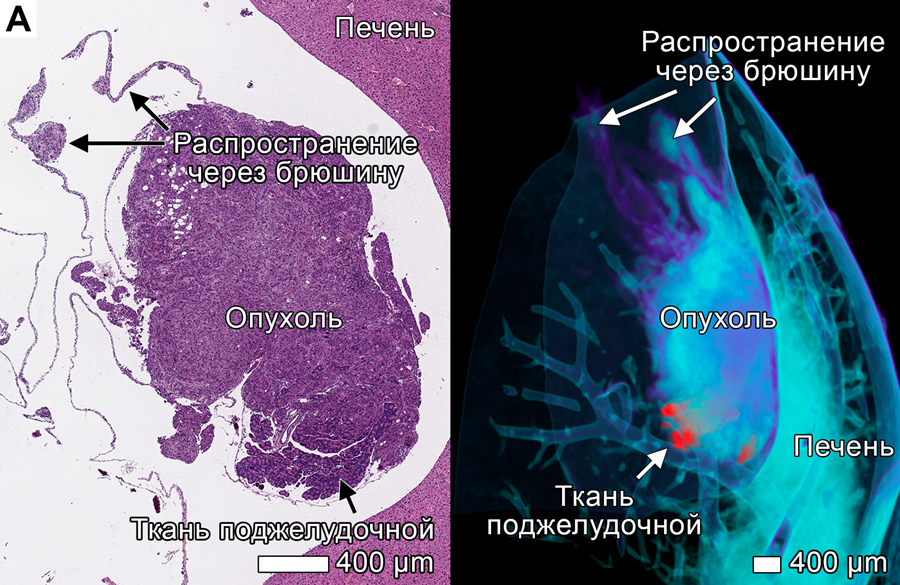
The researchers have made a really important step in understanding the process of metastasis, said Albert Rizvanov, head of the Center for Excellence "Personalized Medicine" at Kazan (Volga Region) Federal University, corresponding member of the Academy of Sciences of the Republic of Tatarstan.
— The published results show that cancer does not spread randomly, but according to the network principle. And metastases become a kind of springboard through which the tumor begins to penetrate into neighboring tissues again. This process becomes cyclical and important for the development of cancer. From a clinical point of view, this can be used to clarify the stage of the neoplasm. And knowing this better, you can better make predictions and choose treatment tactics," he said.
The study was supported by a grant from the Russian Science Foundation and published in the journal Cancers.
Переведено сервисом «Яндекс Переводчик»




